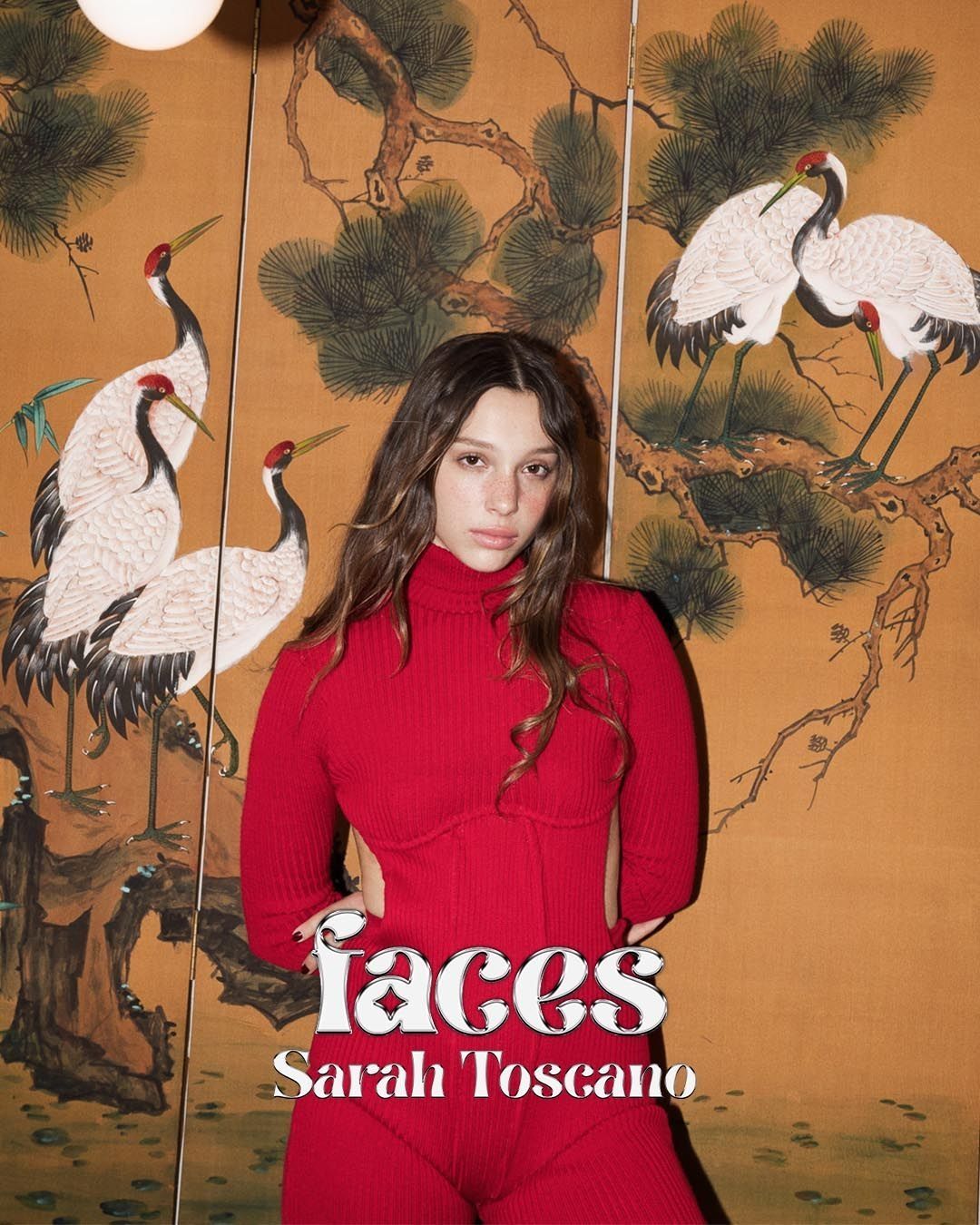
Why are we suddenly so obsessed with the Dolce Vita? The healthy slowness of Italian summers lives again in a maritime aesthetic that shapes reality from Instagram profiles
We all perhaps should have expected it a bit last year, since Disney Pixar decided to dedicate its summer cartoon to the Cinque Terre, that the aesthetics of Italy on vacation at the turn of the 1960s and 1970s would be back in fashion. With the animated film Luca, directed by director Enrico Casarosa and enjoyed even by American kids, we are transported back to the Italian summer we experienced as children in August, amid snacks to the sound of focaccia, endless swimming off the coast diving, speeding on the scooter, a playlist to the tune of Edoardo Bennato and feast of pasta al pesto ad nauseam.
It is no coincidence that the Fedez-Tananai-Mara Sattei trio dedicated its summer hit to Dolce Vita, making us want to go back to dancing in Forte dei Marmi or waving handkerchiefs on the tables of Capri's taverns. Just as it is no coincidence that the old-fashioned charm of the typically Italian jet set, consumed among small harbors and fairytale villages, has also won over Kourtney Kardashian, who chose to marry Travis Barker in Portofino itself, dressing the whole family in vintage Dolce & Gabbana creations, quintessential of the glamorous allure of a few decades ago. But this return of the Dolce Vita-which, by the way, thanks to Federico Fellini's 1960s film of the same name, kicked off another catchphrase, that of the high-necked, tight-fitting sweater (quoting the Treccani dictionary: in which a character wore such a shirt)-is surprising above all in terms of fashion, besides the fact that on the Ligurian or Amalfi Riviera all the hotels and restaurants are fully-booked. Because despite the fact that Kendall Jenner and friends, for example, wear skimpy bikinis or decorate the table in a minimal way, all beachwear and home dècor collections whisper, paying homage to the Ryan Paris song, one thing: we're walking like in the dolce vita. After all, the data also speak volumes: according to recent research by Atlas of European Studies, even young people would be back more conservative, not more progressive. According to the social scientists we would be experiencing what they have dubbed a "cultural backlash," with a spike in natives, at the turn of the century, embracing values increasingly tied to their roots. And it is observed on young Italians, not so much the Zetas who did not experience the 1960s postcard vacations, but rather the Millennials to whom their grandparents handed down the typical vacation, often as long as a month, in their summer comfort zone beach destinations. And for those who didn't live through those years, Instagram is on hand to revive them, with a photographic aesthetic that has taken shape on Instagram feeds from the likes of @italysegreta and @eratomediterraneo and invites escapism from Liguria to Capri.
The city escape catchphrase lives on in affluence
Citrus like bergamot but also salt crystals and the purity of sheets. There are olfactory maisons that have transported La Dolce Vita directly within fragrances and soaps. For example, Carthusia, a brand made in Capri, has dedicated its A'mmare sillage to diving next to the Faraglioni, while Casa Amalfi makes handmade soaps as they used to be made on the Amalfi Coast, and Officina delle Essenze has given the Dolce Vita a linen scent, celebrating its first 20 years in business. For those who also want to scent the table, Aquazzura's hyper Instagrammable home collection comes to the rescue.




































































